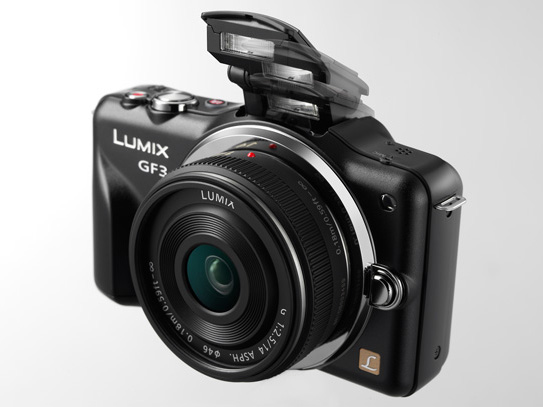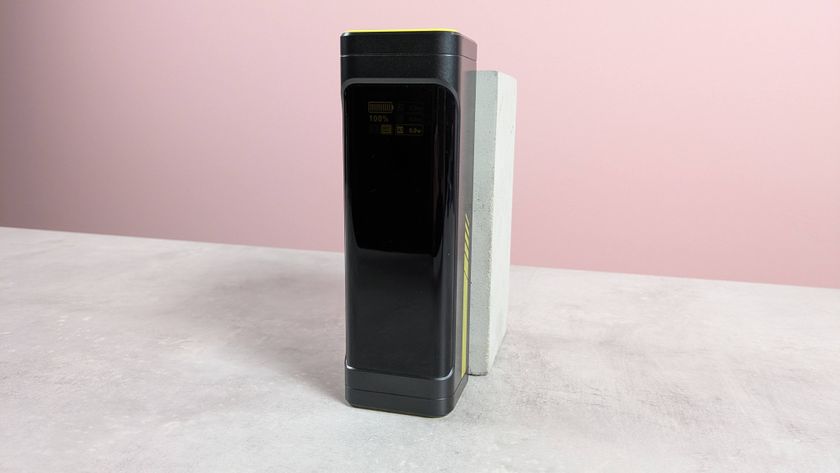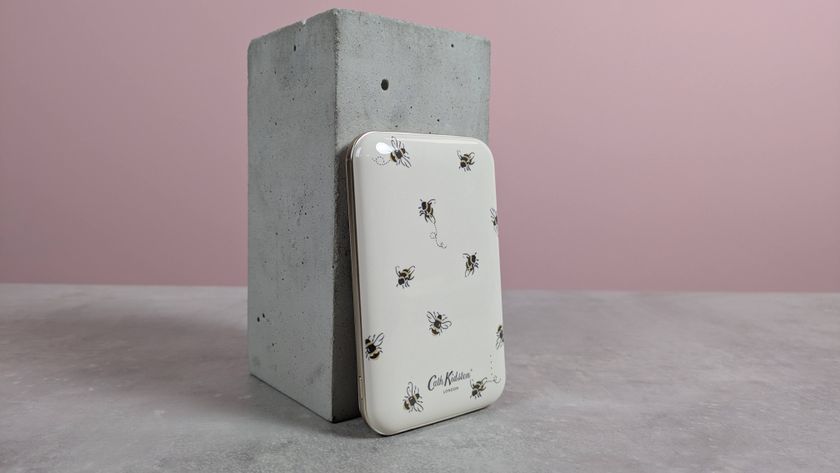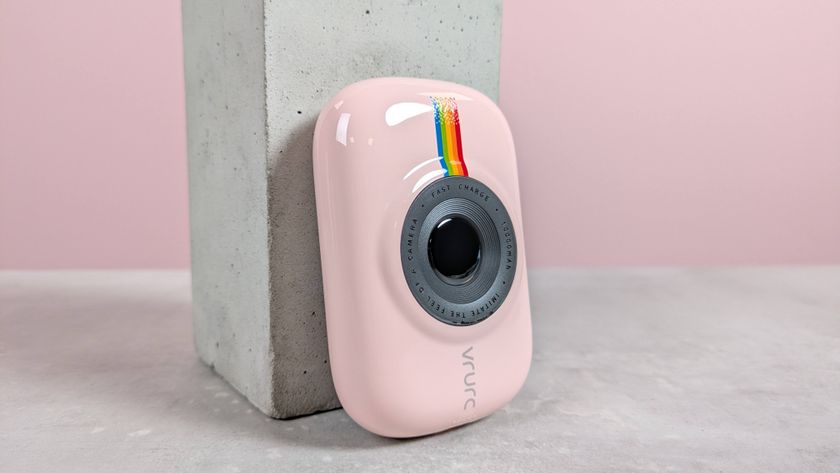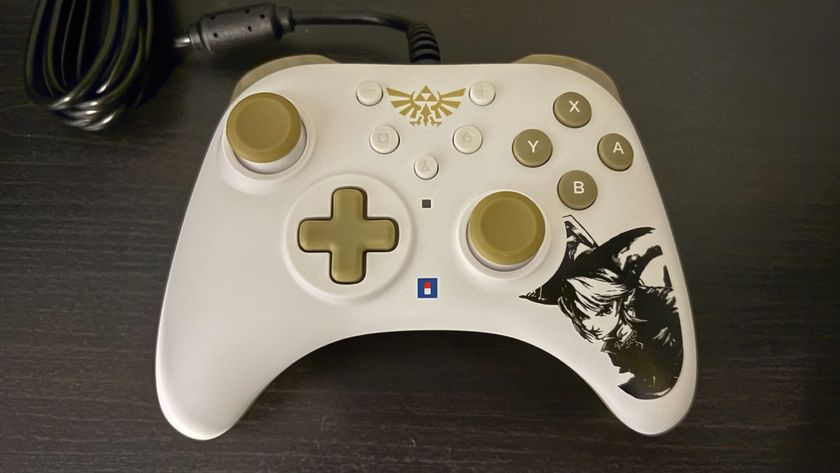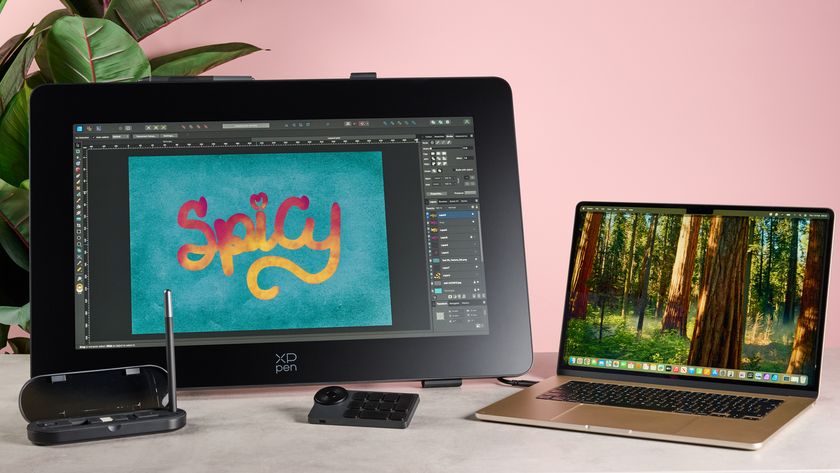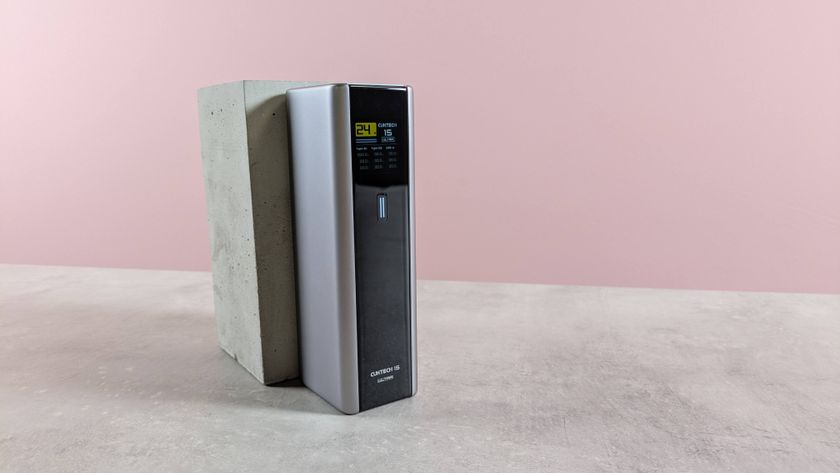Why you can trust TechRadar
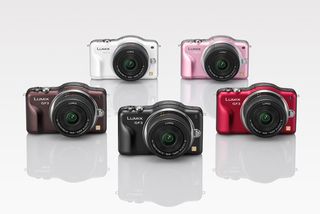
While it may surprise some that the Panasonic GF3 has a 12.1-million-pixel Live MOS sensor rather than the 15.8-million-pixel Live MOS device of the Lumix G3, this unit has been used extensively by Panasonic and has impressed in the past.
Coupled with the Venus Engine VII HD processing engine, the sensor doesn't disappoint and images from the GF3 have a respectable amount of detail at the lower sensitivity settings. It cannot match most APS-C format DSLRs for detail though.
Even at ISO 160, a granular texture is visible in some images at 100% on screen and the highest sensitivity settings (ISO 3200 and 6400) are generally best avoided unless only small prints are required.
Generally, speaking ISO 1600 is about as far as we would want to push the sensitivity of teh GF3 if A3 prints are required.
Exposure is also well controlled, but as is often the case, if you want to retain the detail of bright clouds it's worth keeping an eye on the histogram and occasionally dialing in –1/3V or –2/3EV exposure compensation to retain the highlight detail.
Auto Focus
In reasonable light, and when the subject has some contrast, the Panasonic GF3's AF system can really impress as it brings the subject quickly into focus. The ability to position the focus point anywhere within the scene with a touch of the screen is very useful.
Also, when you need to be quick or the camera is at an awkward angle, Touch Shutter mode, which sets the camera to focus on the selected point and fire the shutter, is a real bonus. This mode can result in the odd 'extra' image because of accidental screen touches, but it's a small price to pay, and it can be quickly deactivated and activated again by touching an on-screen icon.
While it can focus quickly, the GF3 isn't the ideal sports camera – not that it is really intended to be. With continuous AF mode selected, the camera does a decent job of keeping fast moving subjects sharp provided the active AF point is over them. However, the Tracking AF system is only really fast enough to keep up with slow moving subjects and in bright light, it is hard to see whether the AF box has kept up with the target.
When Touch Shutter is activated the AF point is selected and the shutter fired by touching the Panasonic GF3's screen. It works extremely well and is incredibly useful for all sorts of situations, including street and social photography where there often isn't time to faff about with AF point selection controls.
Colour and white balance
Panasonic's current cameras produce more natural looking colours than earlier models and images from the GF3 look vibrant in the Standard Photo Style, without being over the top.
In many situations the auto white balance options proves a good choice, but in deep shade we found the results a little cold. Switching to the Shade or Cloudy setting, however, makes the scene rather too warm and we found the best results were achieved by using the Daylight setting. It's also best to set a Custom white balance in some artificial lighting conditions.
Dynamic range
Shooting high contrast scenes reveals that the GF3 has a more restricted dynamic range than the average APS-C format SLR. This is confirmed by our laboratory tests, which indicate the dynamic range at ISO 200 is 8.9EV for JPEGs and 9.91EV for raw files (after conversion to TIFF). This doesn't compare well with the 10.58EV dynamic ranged measurement of the Olympus PEN E-P3 JPEGs.
In practice, it makes less difference than the numbers suggest, but highlights can burn out a little earlier than you might expect in very high contrast situations.
It is worth noting that the GF3 does a good job of replicating colours throughout their tonal range. Blue skies for example look natural and don't become unduly cyan, something which dogs some compact cameras.
Built-in flash
The curved top of the Panasonic GF3 houses a small pop-up flash unit that's springs to life enthusiastically at the press of the designated button on the back of the camera.
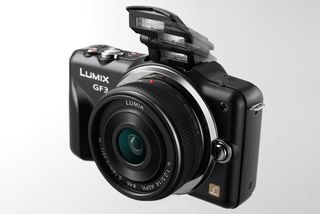
It only has a guide number of 6m @ ISO 100, but it's useful for adding a bit of fill-in light or illuminating party shots and social event. We found that exposures are generally nicely balanced with the ambient light.
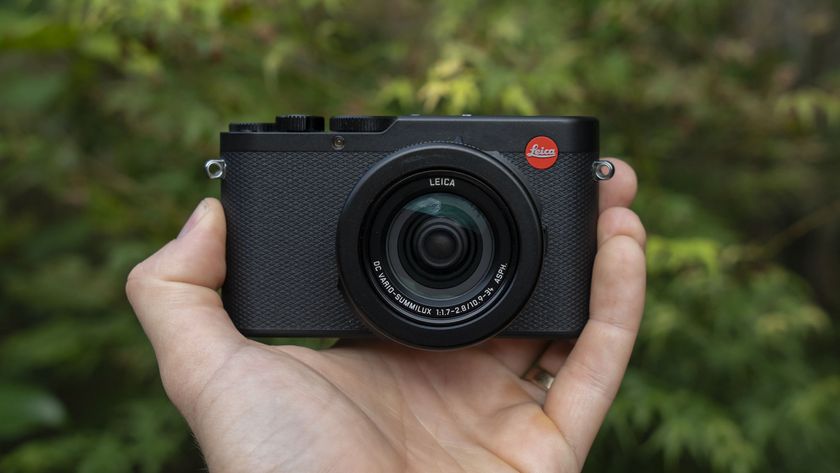
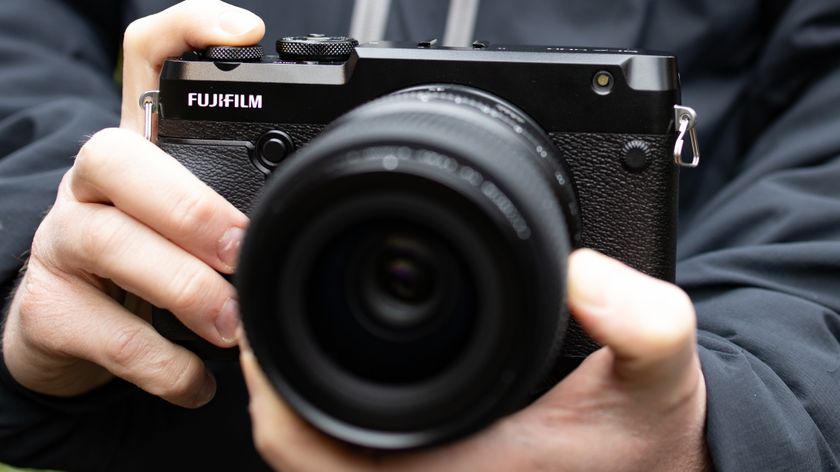
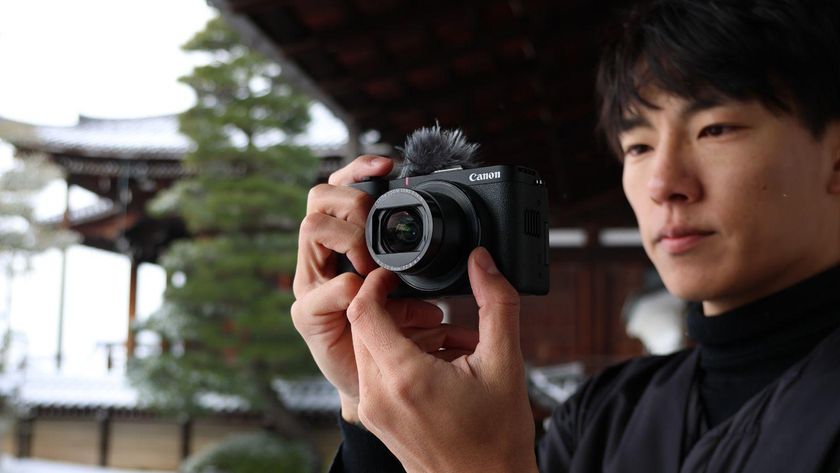
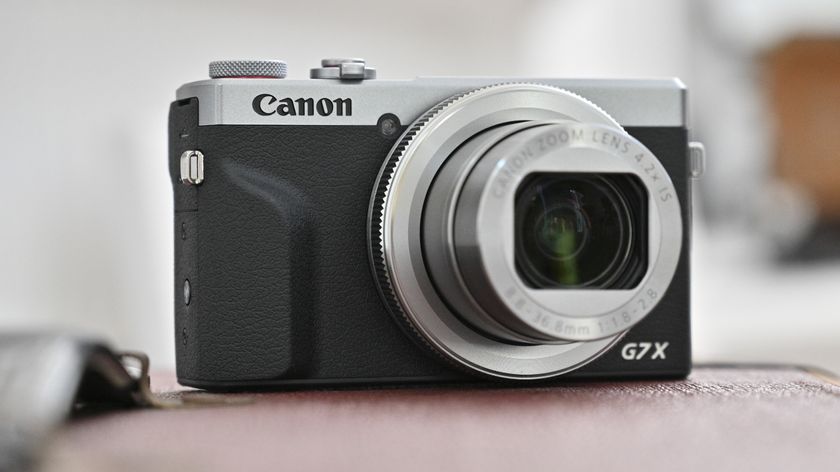
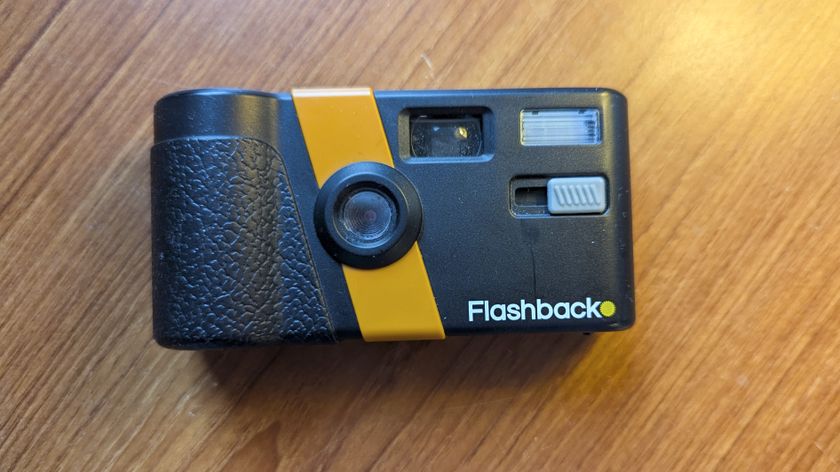
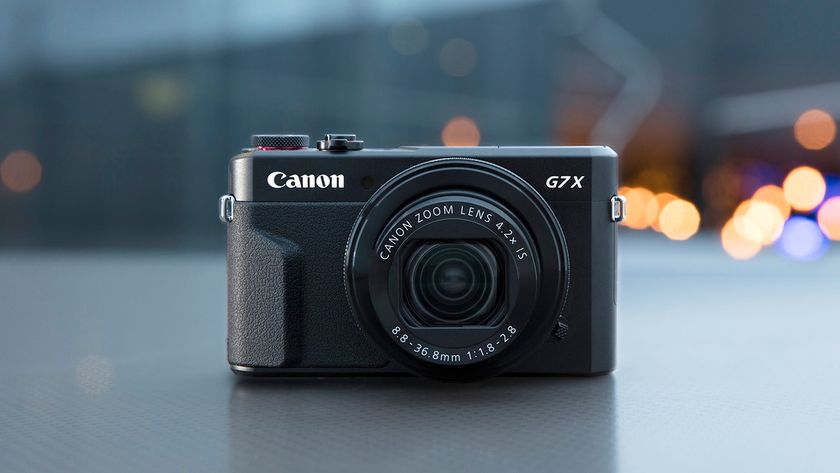

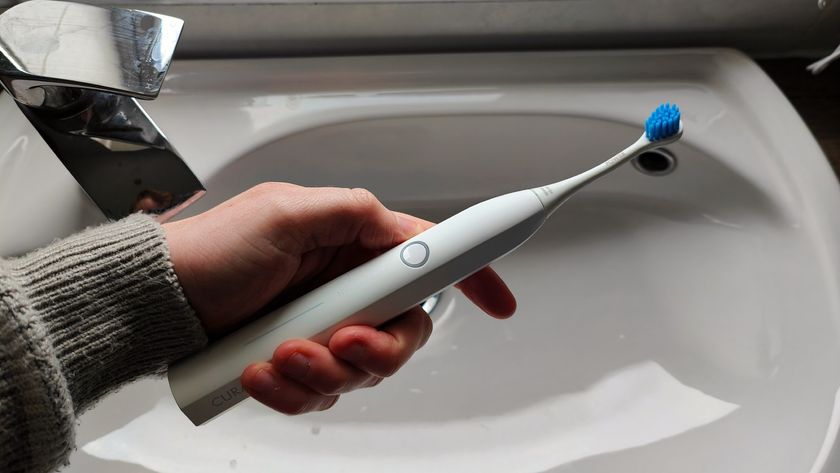
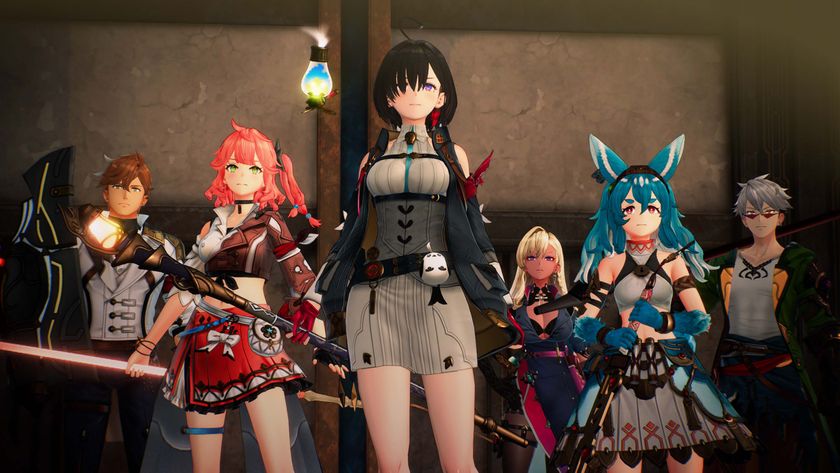

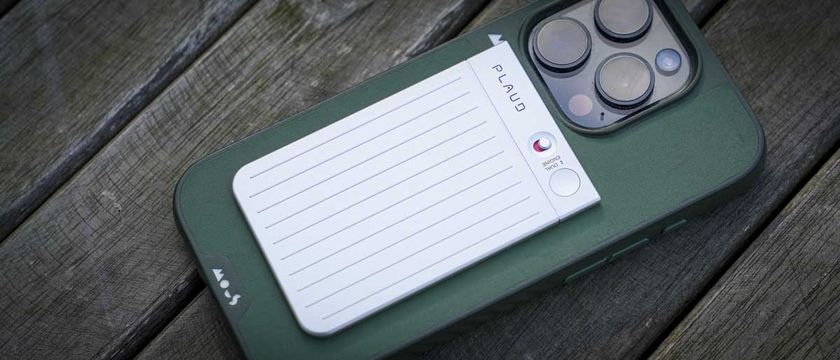
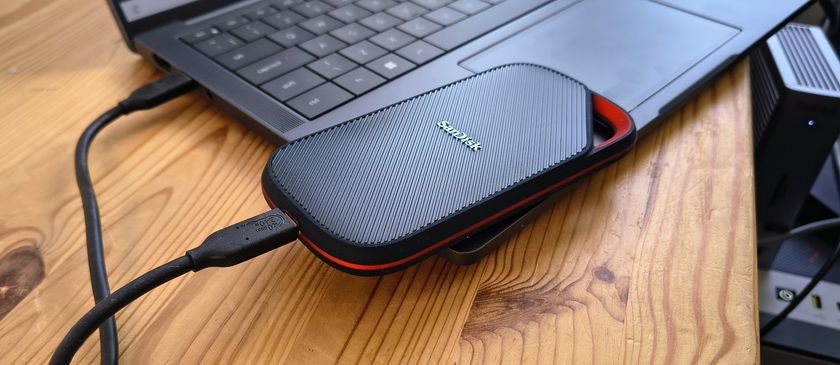
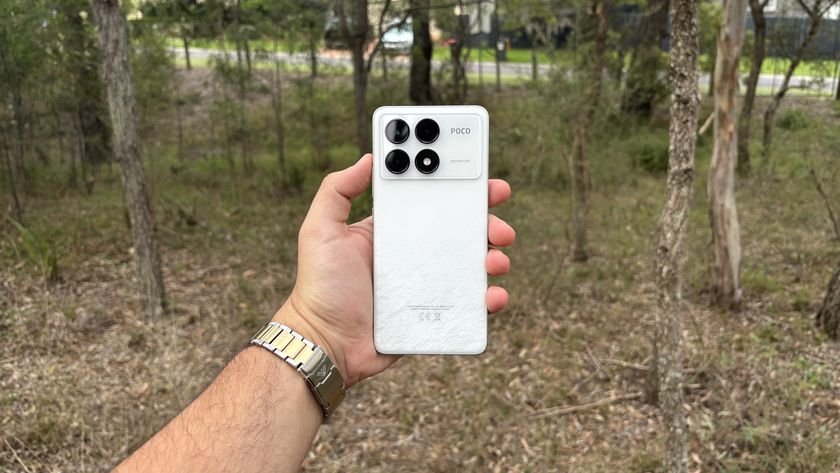
For a mid-range handset, the Poco F6 Pro is premium in more ways than one, but I found it hard to ignore some of its key pitfalls
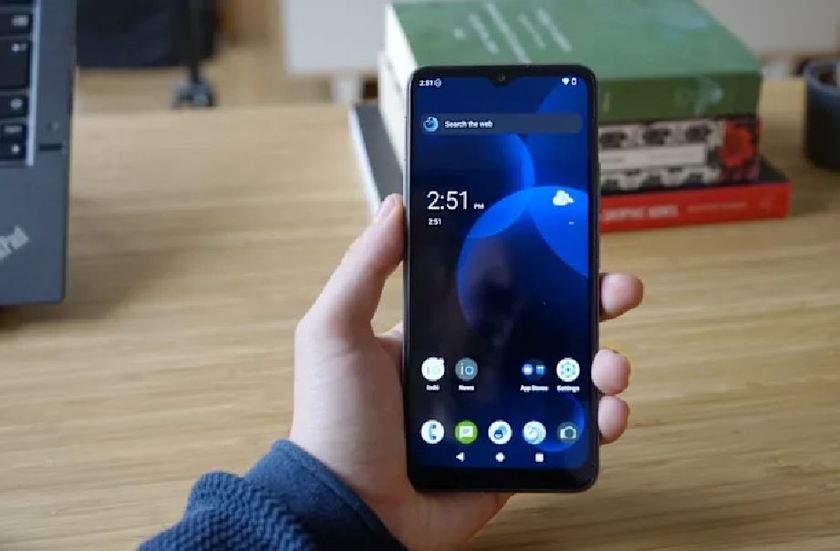
This obscure brand wants to launch the most privacy-friendly smartphone ever without Google, but with a mysterious open-source OS at its core
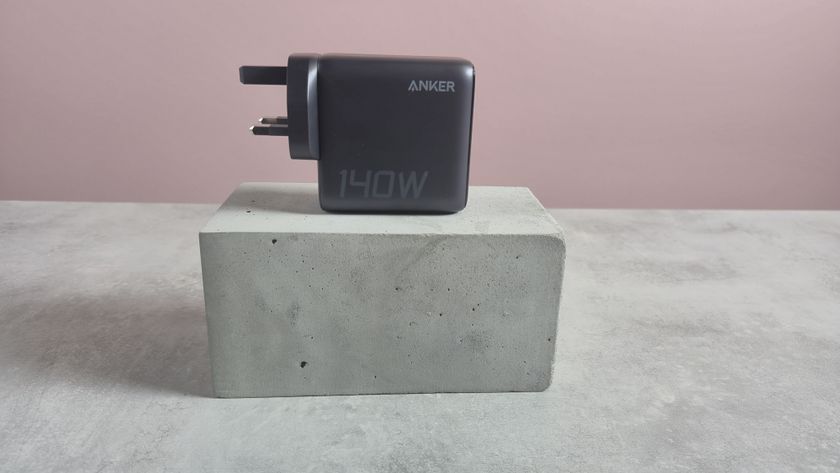
This powerful phone charger has been making faces at me, but I kinda love it
